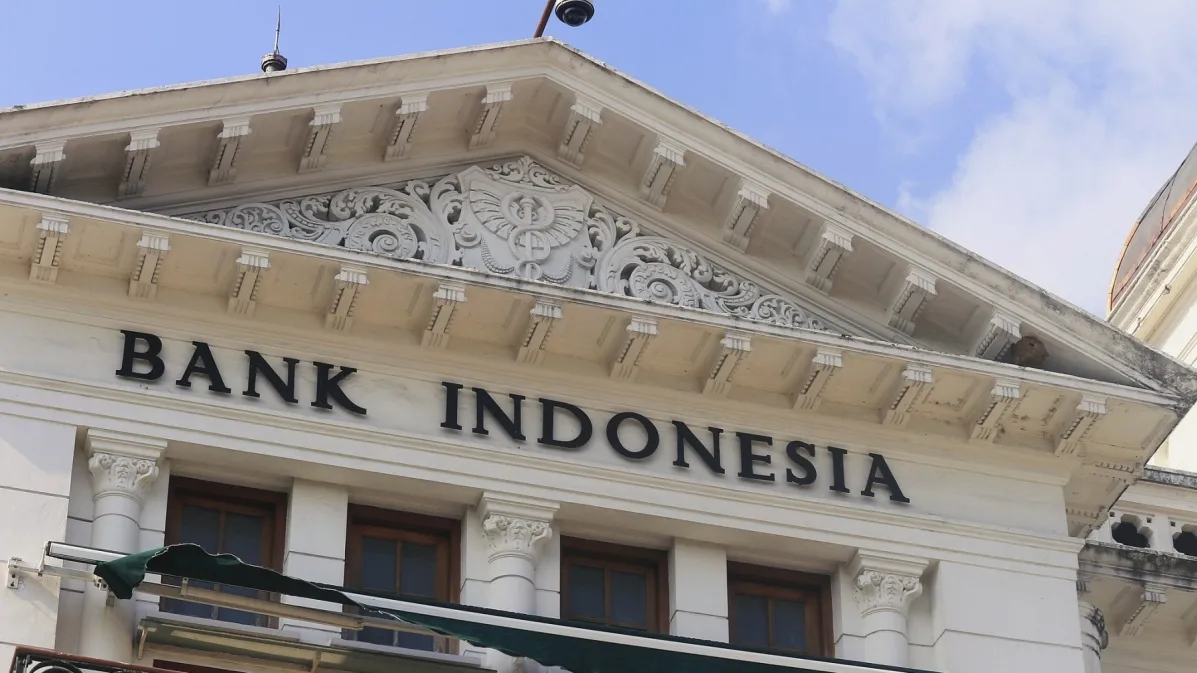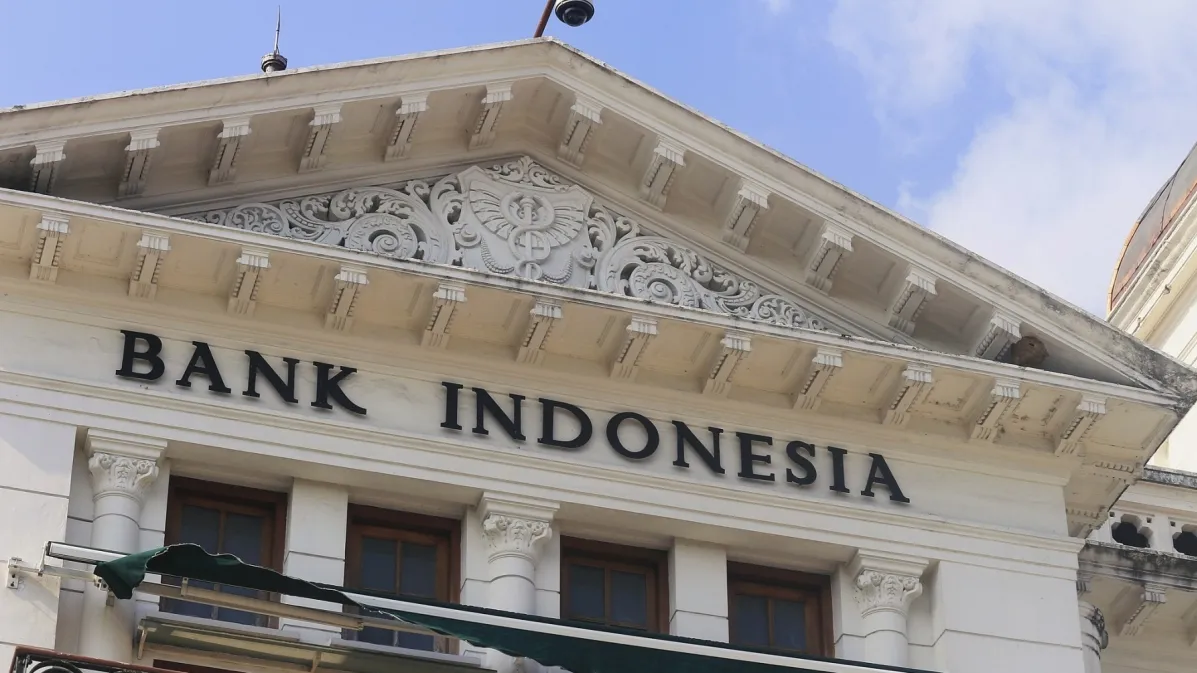
Sri Lankan banks face medium-term deterioration
Weaker profitability will weigh on capitalisation.
The financial profiles of Sri Lanka’s banks are likely to deteriorate in the medium term with buffers expected to be shaved amidst the crisis, reports Fitch Ratings.
Part of the government’s announced measures for businesses and individual affected by the pandemic allows domestic systemically important banks (D-SIBs) and non-DSIBs to draw down their capital conservation buffers by 100bp and 50bp, respectively, where banks currently hold a buffer of 250bp of their risk-weighted assets.
This will allow banks to operate below their current regulatory minimums of 10% for Bank of Ceylon and Commercial Bank of Ceylon, 9.5% for People’s Bank and Hatton National Bank, and 8.5% for non-DSIBs.
Based on banks’ reported capital ratios at end-2019, this would release around $280m (LKR53b) of capital for lending purposes into the market. However, it will also reduce buffers against potential deterioration of asset quality.
Meanwhile, the central bank has extended the deadline to increase the minimum capital requirement for banks by two years to end-2022. Before the pandemic hit, licensed commercial banks and licensed specialized banks were required to increase their capital by end-2020 to $105.14m (LKR20b) and $39.53m (LKR7.5m), respectively.
This will provide some breathing space for banks such as Pan Asia Banking Corporation PLC, Amana Bank PLC and Cargills Bank Limited, who were required to double their existing capital levels, which would have been challenging in the current environment, said Fitch.
In addition, the regulator has loosened some NPL classification requirements. Banks no longer need to classify all credit facilities extended to a borrower as “non-performing” when the aggregate amount of all outstanding non-performing loans granted to such borrowers exceeds 30% of total credit facilities.
“We believe that whilst this and other measures should help to suppress a sharp near-term increase in NPLs, a reversal in these guidelines as the economy recovers could see the banks' NPL ratios rise significantly,” warned Fitch in a media note.
Banks have also been permitted to grant an extension of 60 days to borrowers who are not entitled to any other concessions, to settle loans and advances.
The regulator has allowed banks to consider changes to payment terms and loan contracts until end-June 2020 as “modifications” instead of “restructuring” for the purpose of classification of loans and advances and impairment computation. Banks are likely to be permitted to follow a similar treatment for impairment of such loans for accounting purposes, according to Fitch.
“Banks have already undertaken a large amount of restructuring, which saw the share of restructured loans in gross loans increase sharply to 3.6% across [our] rated Sri Lankan banks by end-September 2019 from 1.8% at end-2018,” the note added.
The regulator has not introduced any measures to support the liquidity position of banks, and Fitch noted that there is no room for easing.
“[W]e believe that there could be further relaxation—particularly on the liquidity coverage ratio, which could fall due to non-repayment of loans and possible deposit outflow. Banks are currently required to maintain a 100% coverage on both local and all currency ratios,” said note read.
Fitch expects weaker profitability to weigh on capitalisation over the next 12 months. The subdued operating environment also heightens risks on banks’ loan quality.













 Advertise
Advertise










